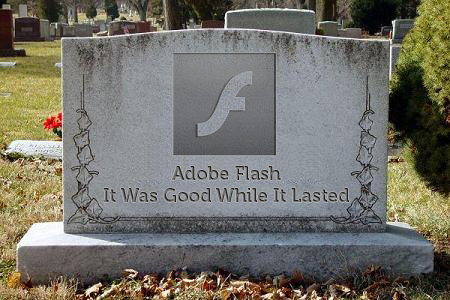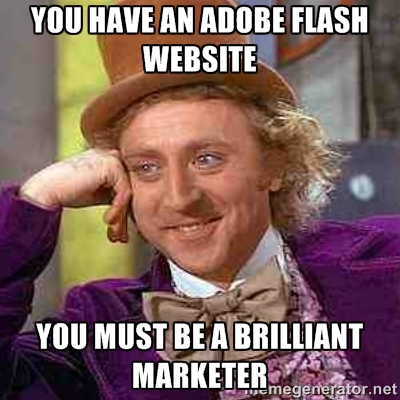The digital landscape continually updates and evolves, but one coming change may be more significant than others that have come before: This September Google’s Chrome browser is launching a feature that will pause all Flash advertising in order to save a device’s battery life. While this move might be crowd-pleasing for laptop and tablet users, it will be an enormous game changer for anyone involved in digital advertising and rich media marketing.
HTML5 Banner Agency with all the details
Since the announcement has been made social media giant Facebook has called for the death of Flash over impending concern about security. Firefox has voiced similar concerns. Does this mean that Chrome’s move will be the end of Flash? If so, how does that impact designers, marketers and brands?
This is not an easy question to answer. To understand the impact of this change—which is limited to devices running on battery power—we must also understand how many Flash ads are currently delivered to Chrome browsers, how frequently Chrome browsers are used on laptops and tablets and how often those devises are on battery power.
What is Chrome’s share of Flash advertising?
Research states that Google Chrome claims a 36% share of Flash advertisements on its browser. Determining if this share is seen on mobile devices or desktop devises is a little harder, but we do know that on average more people own a laptop or mobile computer over a more expensive desktop—and that advertising is leaning more and more toward the mobile market—so it is safe to assume that much of Chrome’s Flash advertising share is seen on laptops. (Which is not good news for Flash.)
For example, if we assume that one third of Flash ad traffic in Chrome is viewed on a laptop, then we can calculate that some 12 billion ads could be paused between the release of this feature and the end of the year. That is a lot of missed impressions for brands—and a headache for marketers serving Flash ads.
What’s the solution for savvy marketers?
To avoid the coming problem with Flash, marketers are doing to have to start adapting HTML5 for their creative. Since HTML5 will not be paused by Chrome’s new feature, it’s the safest route for digital designers to take. The only issue is that many desktop computers do not support HTML5, so now those ads would be lost to desktop viewers. (But with the world going more mobile, this may not be a concern very long.)
The overall impact – High impact ads
It’s hard to determine the overall impact if all formatting changes to HTML5. While the overall digital community may support the loss of Flash, there many questions that remain. There is still a ton of Internet content that relies on Flash. What will happen to all of that content? How will paused ads be measured? Will they be counted against caps on frequency?
There is still a lot to be seen when this change occurs, but it pays to start preparing. Change can be a good thing—unless it takes you by surprise. At Digitaland we have been watching this coming transition for a while and everyone on the Digitalandteam is prepared to take advantage of the coming HTML5 landscape.
Watch below our mobile HTML5 reel. >>>




